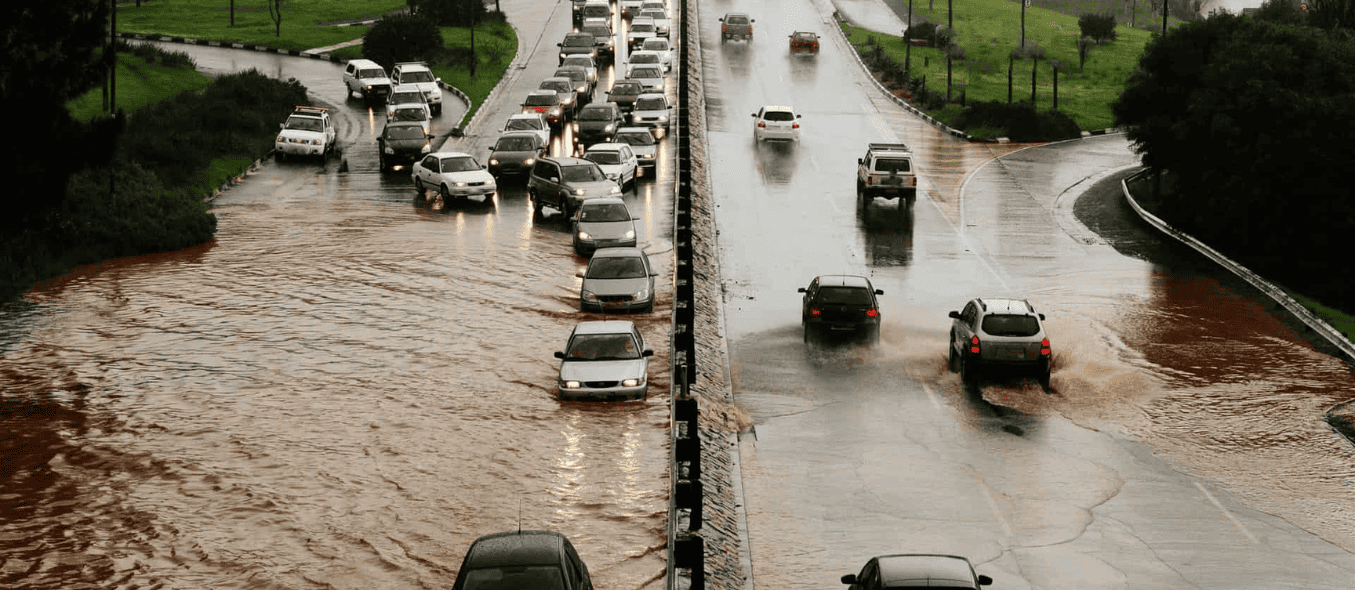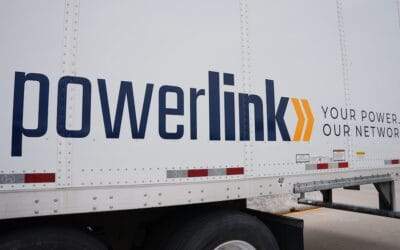Every June to November, hurricane season typically batters the East Coast with some of the worst weather of the year. Last year’s season spawned 21 named storms and caused more than $70 billion in damages – the fourth highest season on record. Hurricane season can be devastating for the supply chain and poses a substantial risk to transportation companies. Thorough preparation and planning are crucial for keeping workers safe and mitigating damage. Strong communication and coordination, is also vital to keeping drivers and associates safe and mitigating damage during this period.
- Check, check and recheck your insurance policy
There’s nothing worse than finding out you don’t have coverage until after a disaster happens. That’s why it’s important to re-examine and update any and all insurance policies before hurricane season begins to ensure all assets have adequate coverage. Pay careful attention to clauses around flood-related damage. While comprehensive vehicle policies usually cover water damage incurred by floods, many building policies do not and require a separate flood insurance policy.
- Copy and secure important documents
Paperwork doesn’t fare too well in soggy conditions, and if a vehicle, terminal, warehouse or office gets drenched, vital business documentation could be damaged or lost. Make copies of all essential documents such as vehicle titles, business licenses, leases and insurance policies and put them in a secure location where they can be grabbed in a hurry. Although most insurance companies let policyholders create digital backups that can be accessed online, keep in mind that a power outage or damage to local cell towers would also make them inaccessible.
- Top off and stock up on fuel
Even carriers who don’t regularly work in a hurricane zone need to be mindful of this one. 97 percent of U.S. oil and gas production comes from the Gulf of Mexico, as do plenty of hurricanes. Any damage to these pipelines can have far-reaching consequences regarding fuel prices and availability. During the season, it’s wise for carriers who are able to stockpile fuel to keep a reserve on hand, especially in the aftermath of a storm, should gas shortages occur. For smaller carriers, this might mean taking advantage of fuel discounts where available, whether form a rewards program, fuel chain or 3PL. Any vehicles in or near a storm’s path should also top off on fuel in case of an emergency evacuation or re-routing.
- Have a storm follow-up plan
Making it through the storm is one thing, but navigating the chaotic aftermath is another. After a hurricane, a carrier’s first responsibility is to ensure the health and safety of its associates, especially those on the road. Putting a storm follow-up plan in place ahead of time provides associates with clear instructions for what to do after a severe weather event. The plan should include updated contact information for all associates, along with a clear chain of command in reporting. Depending on the severity of the storm, communications may be down or delayed. An effective follow-up plan should include contingencies for this possibility and outline alternative steps to reach necessary parties. Once everyone has been established as safe, then damage assessment can begin.
Aside from the actual storms, unpredictability is one of the greatest threats of the season. A hurricane might hit or change course at the last second. It could be predicted to land as a category 4 and then only bring heavy rain. But the stakes are too high to take that chance. When it comes to hurricane season, it’s best to prepare for the worst and hope for the best.



